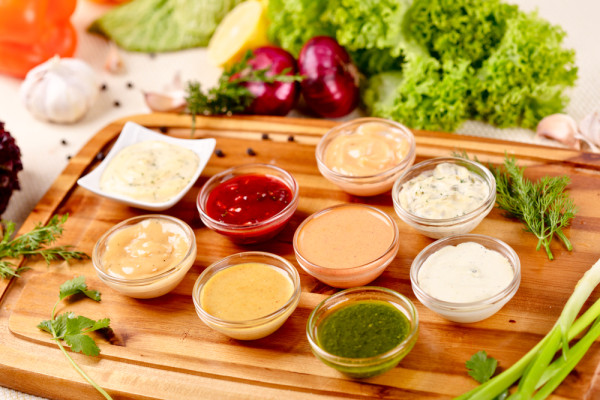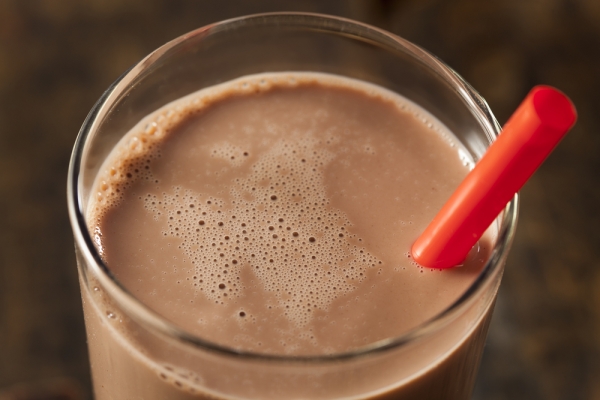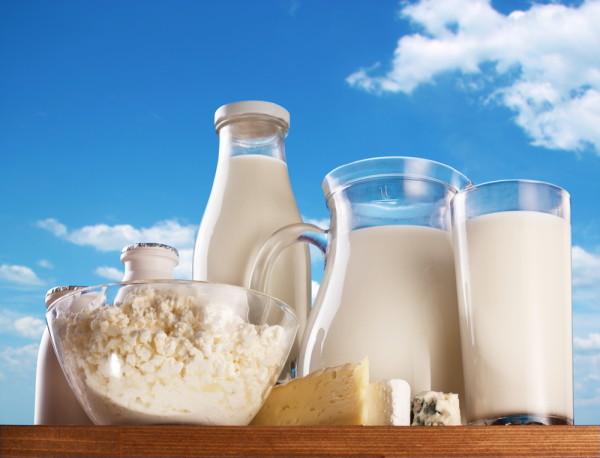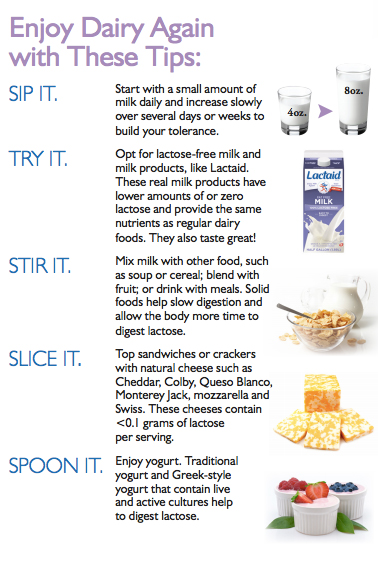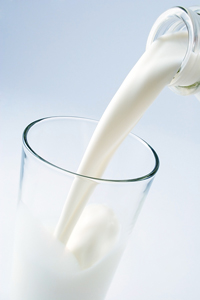Is there any food match more appropriate than sprinkles atop an ice cream sundae? Maybe, but none as colorful. Below the sprinkles is the obligatory mound of whipped cream, which stands tall above two scoops of ice cream. It’s expected that this dairy dessert be decorated with sprinkles and cherries and maybe even gummy worms, but would you ever think of those ingredients as feed for cattle?
It’s been reported that, in light of the worst corn harvest in six years (per the USDA), that many cattle farmers are turning to candy and other junk food to feed their cows. Yes, one penny-pinched farmer in Indiana, trying to feed 450 dairy cows on a budget, got a good deal on ice cream sprinkles. He told the Orlando Sentinel that it was a “pretty colorful load,” and in an effort to keep down costs.
With less corn feed available, a standard for large cattle operations, the price is becoming out of reach for some farmers. In addition to ice cream sprinkles as part of the new cattle diet, other farmers are finding bargains on junk food snacks like cookies, gummy worms, marshmallows, fruit loops, orange peels, dried fruit, and even Mexican food.
Orville Miller, a dairy farmer in South Central Kansas, told KWCH that he uses scraps from a local chocolate factory and Mexican food scraps from another local factory to supplement his cows’ diet at a savings of almost 50 cents per cow per day.
“It’s a way of recycling,” he said, as he feeds his cows chocolate pieces, soft taco shells and refried beans. “It’s high fat, high energy feed,” Orville says, which is necessary for his cows to produce hundreds of pounds of milk a day. (more…)

